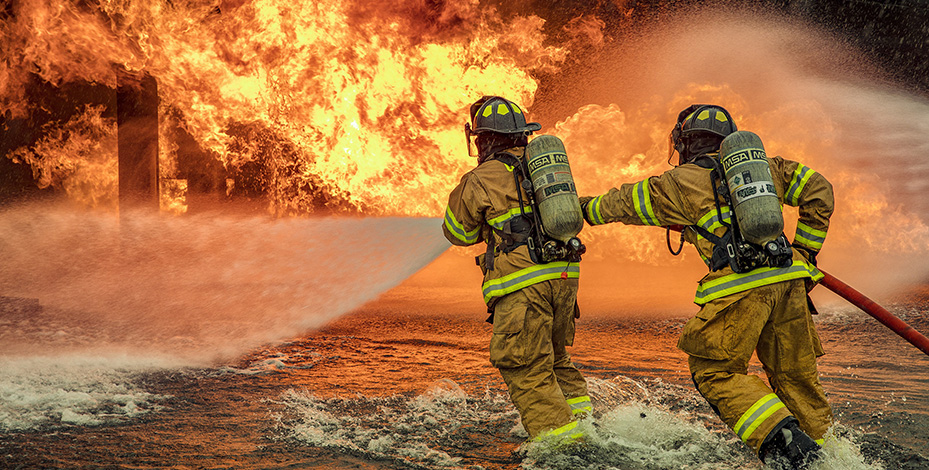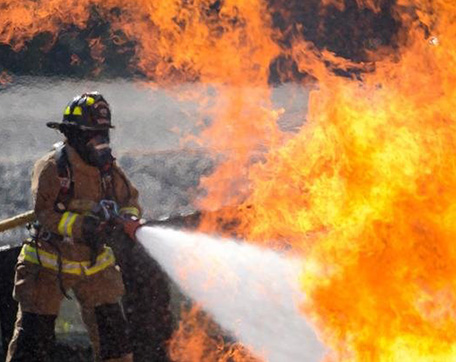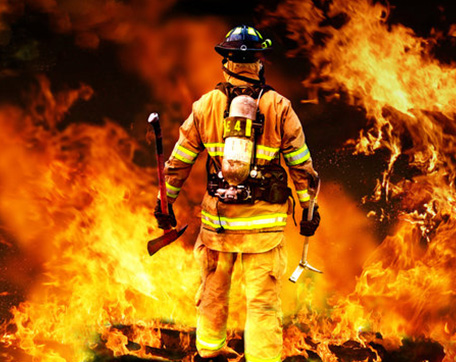
The Brave Hearts Of Firefighting: Guardians Of Life And Property
The Evolution of Firefighting
The history of firefighting can be traced back to ancient civilizations. The earliest known Fire Fighters were the Greeks and Romans, who used bucket brigades to douse flames. In the centuries that followed, firefighting methods evolved, with innovations such as hand-pumped fire engines and the creation of organized fire departments.
Today, firefighting has advanced significantly, incorporating cutting-edge technology and equipment. Modern Fire Fighters have access to state-of-the-art tools, protective gear, and specialized vehicles that enable them to respond quickly and effectively to a wide range of emergency situations. These developments have allowed them to save countless lives and reduce property damage.
Challenges Faced by Fire Fighters


Fire Fighters encounter numerous challenges in the line of duty, making their job one of the most demanding and dangerous professions in the world. Some of these challenges include:
- 1) Physical Demands: Fire Fighters must be in excellent physical condition to carry out their duties. They often work in extreme heat and wear heavy protective gear, which can be physically taxing.
- 2) Risk to Life: Firefighting involves inherent risks. Fire Fighters may find themselves in life-threatening situations, including building collapses, flashovers, and exposure to toxic smoke and chemicals.
- 3) Emotional Toll: Witnessing the aftermath of fires, including injuries and fatalities, can take a significant emotional toll on Fire Fighters. They often provide emotional support to victims and their families.
- 4) Long Hours: Fire Fighters work irregular hours, including nights, weekends, and holidays. They must be ready to respond to emergencies at any time.
- 5) Continuous Training: Staying up-to-date with the latest firefighting techniques and equipment requires continuous training and education.
The Role of Fire Fighters in Communities
Fire Fighters play a vital role in their communities beyond extinguishing fires. They respond to a wide range of emergencies, including medical incidents, hazardous material spills, and natural disasters. Their role in providing emergency medical services is particularly important, as they are often the first to arrive at the scene of accidents or medical crises.
Moreover, fire fighters are active in fire prevention efforts. They educate the public about fire safety, conduct safety inspections, and promote the installation of smoke detectors and fire extinguishers in homes and businesses. These efforts help reduce the risk of fires and save lives.







